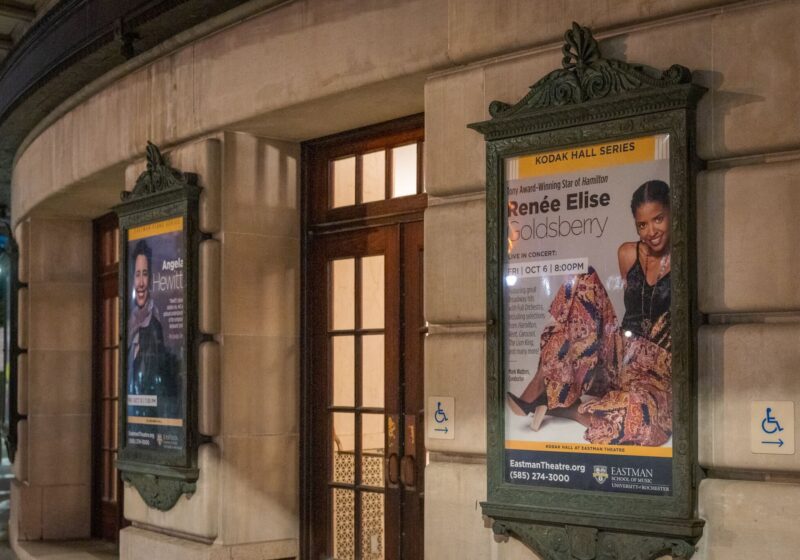A feeling of icy horror creeps over the audience as they recline in their chairs with their feet on the ledge in front of them, shielding themselves from the ghosts.
The small island of Antonio Bay is being engulfed in a consuming and rolling fog. The camera zooms out into a panoramic view of the terrible scene and a feeling of dread for all the poor souls stuck on the island settles in. But this exciting emotion is ripped from the hearts of the viewers once the dialogue begins.
Perhaps Rupert Wainwright, the director of the remade film “The Fog,” believed that extreme use of fog machines would hide the fact that the actors were not doing anything.
With an attractive cast including the hunky Tom Welling, Maggie Grace, Selma Blair and DeRay Davis, among others, you would expect something exciting to occur, or at the very least, get to enjoy the good eye candy displayed before you. But what you actually get is a group of good-looking people standing around spouting lines and showing little to no emotion. With fire and brimstone falling upon the inhabitants of a small fishing town, the only thing the characters do is run a bit and say, “watch out.”
“The Fog,” however, does have some redeeming qualities. The special effects and camera angles are actually pretty well-executed, especially for a horror movie. Wainwright makes good use of eerie and creaky noises, echoes of the ocean, loud unexpected banging and perfectly positioned lighting, which reveals just enough. The ghosts in the film resemble a cross between those in “Ghostbusters” and “Pirates of the Caribbean.”
Other effects include flashlights in the fog, tinkling hooks on the porch and wet dripping footprints on the ceiling. They serve to give a feeling of foreboding – allowing the viewer time to prepare for something bad to occur. But the muted noises before a terrifying scene made many of these scenes less scary, as the viewer has been forewarned by this cinematic technique.
The few action moments – the destruction of glass and murder, which is interestingly depicted by circling the victim – are soon abandoned.
Comic relief comes in the form of Spooner, played by DeRay Davis. He drops comments such as “testicular telepathy” and throws a party with half-naked girls on a stolen boat. For those of you who enjoy raunchiness, you will like the certain parts of the film where the female characters, played by Grace and Blair, walk around in their underwear for no good reason. I, however, was confused as to why Grace was walking outside in approximately negative 50-degree weather with no pants on.
So, the cast is hot and the effects are cool, but why did I walk away from this movie with such a feeling of disappointment? Maybe it was because the film felt incomplete. Like all faithful films of the 21st century, there was a love triangle – however, the triangle and any sign of a relationship wasn’t effective because it was rarely addressed throughout the course of the film.
Does the film industry trade quality films for eye candy? Maybe they should just stop trying to remake films – especially those that were not originally well- received.
Whitman can be reached at cwhitman@campustimes.org.



